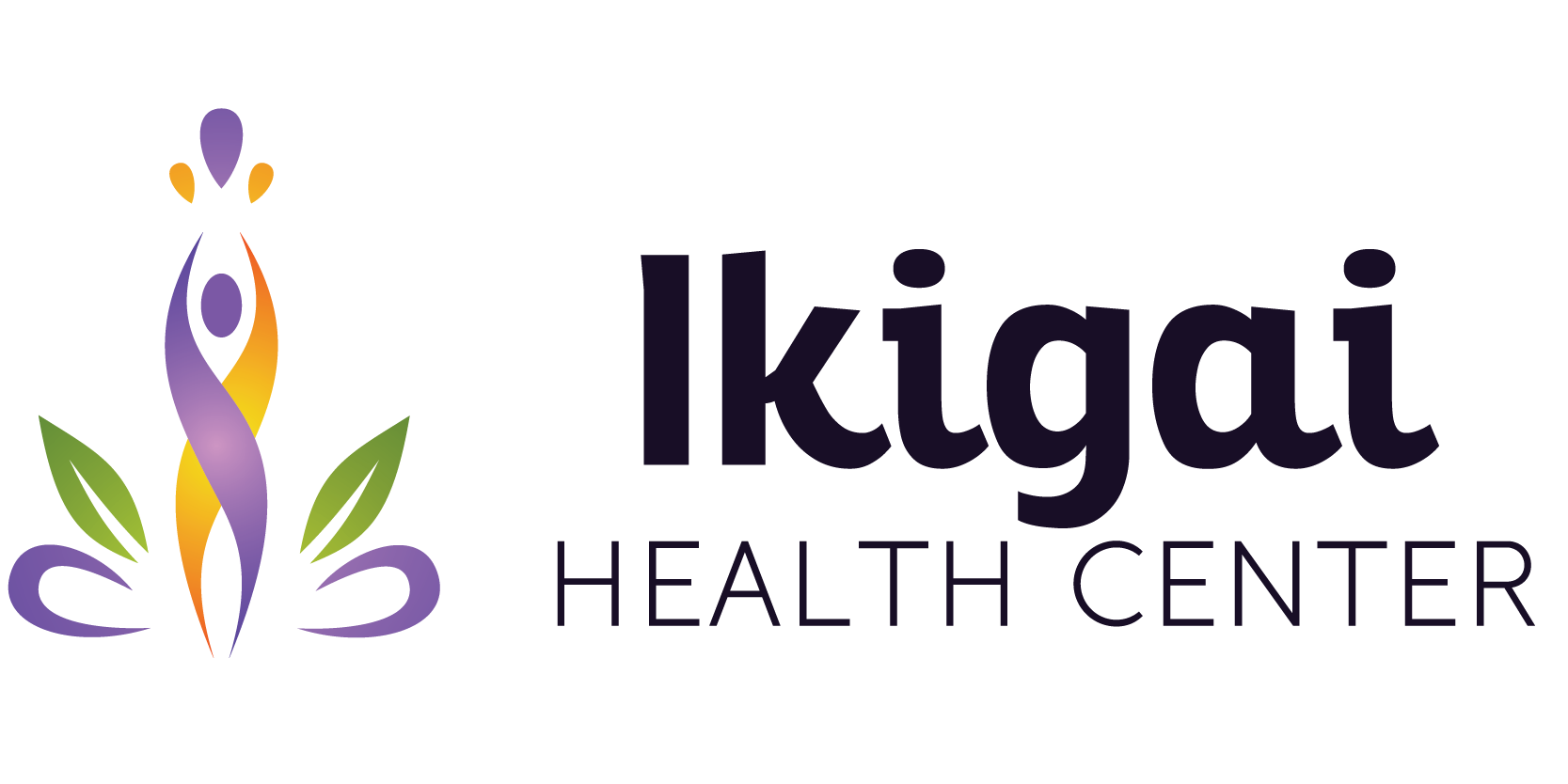Liver detoxification
During the treatment period it is advisable to follow the Liver Detoxification Cure (once a month during the first 4 months) and BPDC = 0 diet (Beneficial Physiological Detox Cure). It will be applied after 3 months, after 6 months, and once a year (to be applied in the Ikigai Health Center).
Liver detoxification is a complex procedure that will allow us to rid the bile ducts of deposits (stones, parasites, viruses, etc.) by administering a mixture of ozonated oil (specially designed) and lemon juice. NO animal protein should be consumed 3 days before the procedure.
Removing gallstones (stones in the bile duct) can significantly improve digestion, which is the foundation of your health.
After several detox treatments, your allergies may disappear. Incredibly, it also eliminates shoulder, arm, and back pain. It will bring you energy and a great feeling of well-being.
Cleansing the bile ducts is the most effective method that can be used to improve health.
It will be applied in parallel with the application of the Zapper anti-parasite treatment.
The role of the liver is to produce bile, 1 to 1.5 liters per day! The liver is full of ducts (bile ducts) that carry bile to the Grand Canal (common hepatic duct).
The gallbladder is connected to the common hepatic duct and functions as a reservoir. Eating fat or protein stimulates the gallbladder. In about 20 minutes the gallbladder empties. The stored bile will finish its journey through the main bile duct to the intestine.
Most commonly, bile ducts in the liver are blocked by stones. Some suffer from allergies or hives, while others have no symptoms. Nothing can be seen on X-rays or CT scans of the gallbladder. In most cases, the stones are not located in the gallbladder. Most stones are small and have no calcification, which reduces the possibility of visualizing them on X-ray. Most contain cholesterol crystals and there are more than 6 types of gallstones. They can be red, white, black, brown, or green. Most stones have enclosed remnants of trematodes. Most of them are plug-shaped with longitudinal reattachments under the tip. In this shape, we can see the obstruction of the bile ducts.
Some stones are compound – made up of several smaller stones – suggesting that they regroup in the bile ducts shortly after the last detoxification.
Scientists say there is a collection of bacteria right at the center of each stone, suggesting it may be a dead fragment of the parasite that triggered their formation.
As they grow and become more numerous, the pressure on the liver causes a decrease in bile production. It’s also thought to decrease lymph flow. Imagine a garden hose with pebbles in it. Less water will flow through it; thus, the ability of the hose to remove pebbles is reduced.
As gallstones form, the body removes less cholesterol and cholesterol levels rise. Gallstones with a porous consistency can include all the bacteria, cysts, viruses, and parasites that pass through the liver. As a result, a nest of infection is formed, allowing bacteria and parasites to permanently feed on the human body. Without the removal of these stones, there is no permanent cure for stomach problems such as ulcers or bloating (abdominal meteorism). For best results, we use specially created ozonated oil according to this formula to destroy any parasite stages that may be released during the detoxification process.
For the rehabilitation and rejuvenation of the whole body under the recommendation and strict supervision of a specialist, the BPDC (Beneficial Physiological Detox Cure) = 0 diet will be applied.
Benefits
- prevent inflammation and reduce oxidative stress and cell damage
- reducing LDL cholesterol (or "bad cholesterol") and total cholesterol levels
- improving pancreatic function and immune system
- reduction in visceral fat levels
- lower blood pressure
- increased insulin and leptin sensitivity
- stimulation of lipid metabolism
Studies have shown that people who fast have a reduced risk of developing cancer. Researchers noted, however, that many of these people not only fasted but subsequently abstained from alcohol, tobacco, and meat.
Fasting can slow and even stop cancer progression and tumor growth, destroy cancer cells and significantly improve the effectiveness of chemo- and radio-therapy. Fasting boosts the immune system, liver, and pancreas function.
Animal studies demonstrate that prolonged fasting positively influences carcinogenesis and metabolic processes that are associated with breast cancer risk and prognosis. One study, published in JAMA Oncology 2016, studied a cohort of 2400 women who were diagnosed with early-stage breast cancer. The results showed that patients who fasted more than 13 hours each day had a 36% lower chance of cancer recurrence.
Studies have shown that animals with cancer that fasted survived longer, unlike animals that did not fast.
A study published in the journal Cell Metabolism found that mice given a low-calorie diet for four days showed remarkable regeneration of several organs. This also helped reduce visceral abdominal fat and reduced the risk of cancer and other inflammatory conditions. It also improved immune and brain function, which increased their lifespan.
Another study tested the effects of regular fasting on people and found that fasting was able to contribute to lowering risk factors and biomarkers for diabetes, ageing, cardiovascular disease, and cancer without causing adverse effects. According to the authors of the study, fasting helps reduce cancer risk by lowering levels of IGF-1, a hormone that is correlated with ageing and susceptibility to cancer.
Research on ageing at the National Institute of Ageing in Baltimore concluded that fasting for 1 or 2 weeks can prevent the effects of Alzheimer’s and Parkinson’s diseases. It is also found that reducing daily calorie intake to 500 calories for 1 or 2 days instead of 7 days may be beneficial to the brain.
Anti-tumor effect
The metabolism of many malignant cells is characterised by the Warburg effect (decreased pyruvate utilisation by the chondriosome, increased lactate production, etc.), an effect controlled by over-expression of HIF-1a (hypoxia-induced factor 1 alpha) and Myc.
Exceptional conditions, such as fasting, cause a temporary decrease or even halt in cell growth and division, with energy redirected to cell survival and repair mechanisms to maximise the chances of survival. In humans, the mechanisms responsible for the protective effect of fasting against the toxic effects imparted by chemotherapy are not yet fully understood. They involve reducing levels of anabolic hormones and growth factors such as insulin and IGF-I (insulin-like growth factor 1), but also the regulation of certain proteins involved in adaptation and resistance to stress. More specifically, studies in murine models have shown that animals with deletion of the IGF-I gene (resulting in an 80% decrease in circulating IGF-I) and IGF-I receptor damage (IGF-IR +/- heterozygous knockout) are more resistant to chemotherapy treatment and oxidative stress.
One of the factors influencing the effect of fasting on tumor cell sensitisation is an increase in reactive oxygen species (ROS) levels, due in part to hyper activation of Akt and (TOR)-S6K pathways. Activation of Akt and TOR-S6K sustains the oxidative stress state and sensitises cells to its effects, in part by inactivating stress-resistant transcription factors. These pro-oxidative/oxidative conditions induced by fasting may in turn stimulate DNA integrity damage and the occurrence of apoptotic processes.
Results from studies in cell culture and animal models indicate that fasting can reduce the adverse effects of chemotherapy by selectively protecting healthy cells. One of the crucial survival mechanisms that cells rely on is autophagy, which can also be activated in response to cellular stress (e.g. chemotherapy). For example, cells lacking essential nutrients (such as glucose) and growth factors (serum) can trigger auto-phagy. The autophagy process is controlled by certain genes (such as AMPK, mTOR, and sirtuins), and these genes are controlled by age and stress resistance. Many oncogenic stimuli (e.g. PI3K and Akt) exert an inhibitory effect on the autophagy process, while tumor suppressor molecules (e.g. PTEN and TSC2) trigger autophagy. Surprisingly, autophagy processes are observed in many tumor cells, most likely aided by the presence of ammonia, a reaction product of glutaminolysis that occurs predominantly in the mitochondria of malignant cells characterized by the Warburg effect. Autophagy triggered by fasting is therefore beneficial in healthy cells, but not in malignant cells.
Also, the results of numerous clinical trials have shown that patients who fast during anti-tumor drug treatment have much fewer adverse effects, unlike patients who, following the same chemotherapy treatment, do not.
Bibliography:
Thissen JP, Ketelslegers JM, Underwood LE. Endocr Rev 1994; 15:80-101.
Longo VD et al. J Cell Biol 1997; 137(7):1581-1588.
MotePL,TillmanJB,SpindlerSR.MechAgeingDev1998;104:149-158.
BlagosklonnyMV,PardeeAB.CancerRes2001; 61:4301-4305.
ReddyRK et al.JBiol Chem2003;278:20915-20924.
FontanaL,KleinS.JAMA2007;297:986-994.
LongoVD,LieberMR,VijgJ.NatRevMolCellBiol2008;9:903-910.
Nogueira V et al. Cancer Cell 2008; 14:458-470.
RaffaghelloLetal.ProcNatlAcadSciUSA 2008;105:8215-8220.
Safdie FM et al. Aging 2009; 1(12):988-1007.
Vander HMG et al. Science 2009; 324:1029-1033.
Fontana L, Partridge L, Longo VD. Science 2010; 328:321-326.
Kroemer G, Marino G, Levine B. Mol Cell 2010; 40:280-293.
Koppenol WH, Bounds PL, Dang CV. Nat Rev Cancer 2011; 11(5):325-337.
Changhan Lee et al. Sci Transl Med 2012; 4:124ra27.
Saunier E, Benelli C, Bortoli S. Int J Cancer 2016; 138(4):809-817.
Stacpoole PW. J Natl Cancer Inst 2017; 109(11): djx071.
SpindlerSR, DhahbiJM.AnnuRevNutr 2007;27:193-217.
Online
Choose the quick version and make an online appointment by filling in the fields below.
An IKIGAI HEALTH CENTER representative will contact you within 24 hours to establish the details of your visit.


